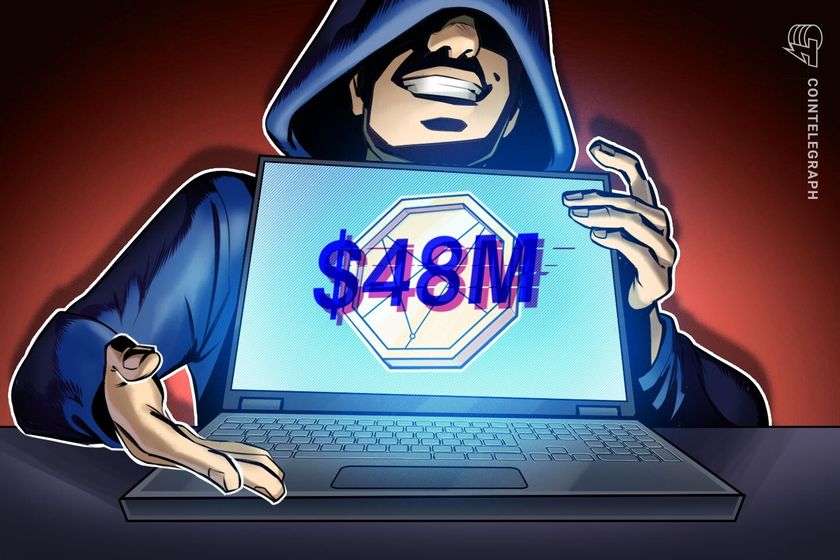
Data fails to conclude that Bitfinex shorts are depressing Bitcoin price

A significant surge in Bitfinex short contracts is being attributed to Bitcoin’s current downturn but there are other major factors at play.
One of the most common errors traders make when analyzing cryptocurrency markets is taking an exchanges’ bid and ask data and traded volumes at face value. When doing this type of analysis, the trader has to exclude the trading venues mentioned on multiple ‘fake trading volumes’ reports, like the one Bitwise published in March 2019.
There’s really no way to know if the top exchanges inflate their volumes by granting special access and zero fees for market makers.
Even the exchanges themselves have no way to know if a group of users are related or conducting multiple transactions among themselves to inflate prices or volumes. There are hundreds, if not thousands of influencers, pump and dump chat rooms, trading apps, and the like.
Therefore, not every wash trade or transaction between related entities has been brainstormed by the exchange or the crypto projects with a foundation or marketing team.
As Philip Gradwell, chief economist of Chainalysis, explained:
“If you want to get serious money into crypto, you have got to build up their confidence that there are actually good trading venues […] If you’re an exchange and you have good incentives to report real volume, you may actually get institutional money coming in, but if you don’t have those incentives, they’ll stay away.”
Investors usually speculate that these unethical practices happen only at exchanges located on remote islands. However, the U.S. Commodity Futures Trading Commission fined Coinbase after an employee “self-traded” to create the illusion of volume and demand for Litecoin (LTC) before Sept. 2018.
In case you’re wondering, decentralized exchanges (DEX) have also been used for ‘wash trading’ activity as there are barely any impediments, apart from network gas fees.

Take notice how the 22,000 Bitcoin margin short increase at Bitfinex initiated as the price dropped below $34,000 and remained at a steady pace while Bitcoin continued to plunge.
The hourly price candles at Coinbase show a descending pattern that perfectly matches Bitfinex’s margin short activity. However, it is worth noting that Bitcoin’s $2.5 billion monthly options expiry took place at 8 am UTC, roughly one hour before the price action highlighted above.
Furthermore, the CME futures expiry occurred at 3 pm UTC, potentially involving 12.6k Bitcoin contracts worth $412 million. However, there is no reason to believe that derivatives expiries directly relate to the Bitfinex margin short increase.
One must analyze spot exchanges’ volumes to understand whether Bitfinex played a significant role in the Bitcoin price correction initiated in the early hours of June 25.

Hourly volume candles from the past four days clearly show a significant hike in Bitfinex’s market share starting at 9 am UTC on June 25. The movement lasted for seven hours but mostly dissipated shortly afterward.
Traders might as well have been spooked by a similar move earlier this month, when Bitfinex margin shorts increased to 25,000 BTC, right before the price initiated a one-week plunge down to a $28,800 low on June 22.
Such events may or may not result in a profitable trade for bears, usually making a heavy impression on traders. After all, not everyone has the margin required to short 22,000 Bitcoin, worth $726 million.
In short, there is a clear indication that the market downturn had little relation to derivatives expiry, as the Bitfinex spot volumes spike coincided with the margin shorts increase. However, once the pressure disappeared, Bitcoin could recover the $32,000 support, which might be enough to motivate buyers.
Weekends usually display lower volumes so it will be interesting to see how cautious investors are in the face of this mammoth short seller.
The views and opinions expressed here are solely those of the author and do not necessarily reflect the views of Cointelegraph. Every investment and trading move involves risk. You should conduct your own research when making a decision.
Go to Source
Author: Marcel Pechman





